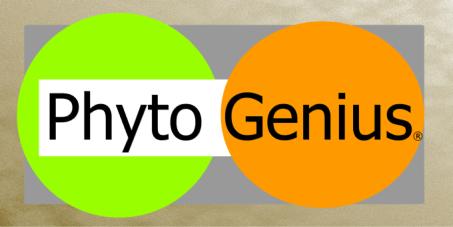What DO My Results Mean? What Are the Recommendations?!?
Okay you’ve received your results, now what? The following are designed to help you understand and take the next step:
Halogenated Oxidants: Oxidants generate Free Radicles which can then be scavenged by Anti Oxidants. If your Sample contains Anti Oxidants then the sample will ‘scavenge’ and neutralise the Free Radicles generated causing a ‘quenching’ effect. The degree of quenching can be quantified and represented as a % of a No Sample Control (NSC: Medium used to dissolve Sample, either Purified Water or Ethanol (IDA 99)).
No Sample Control (NSC): We prepare your Samples in the medium of your choice either Purified Water or Ethanol (IDA 99). It may be best to choose the medium depending on your final application, or the medium which you think will give the best activity for the Sample, or if you are unsure then test in both, as results can vary enormously. The No Sample Control (NSC) is simply a test that instead of your Sample contains the test medium the Sample is dissolved in.
Sample: When you send in a material to test then this is the Sample. Unless you state otherwise and if we have no previous known default dilution that we know produces a Suitable Test then we prepare your material as a standard 1:10 dilution or 10% or 100mg/ml Sample to test. e.g. 1g in 10mls of medium. If your Sample contains Anti Oxidants then these will compete for and ‘scavenge’ the Free Radicles generated by the Halogenated Oxidants indicating the Anti Oxidant Capacity (AOC) of the Sample.
Anti Oxidant Capacity (AOC): If the AOC of the Sample is high then it may rapidly quench all the Free Radicles resulting in >90% quenching. In this case it’s not clear the extent of unused AOC of the Sample so a further dilution is needed to try to establish this. This result is described as SATURATED it’s not clear how high the AOC of the Sample is.
Recommended Dilutions: If we recommend a further dilution then this is normally 1:100 or 1% or 10mg/ml of the Sample to try and establish the extent of the AOC. If this new dilution quenches the Free Radicles to 30-50% then this is a Suitable Test and can be used as a baseline for comparison. If the Recommended Dilution is again outside 30-50% then a further new dilution will be needed:
- If less than 30-50% quenching then a further dilution of 1:20 or 5% or 5mg/ml would be tried.
- If less quenching than the No Sample Control or PROXIDANT then a further dilution of 1:2 or 50% or 50mg/ml would be tried.
- If greater than 70% quenching then a further dilution of 1:1000 or 0.1% or 1mg/ml would be tried.
It sounds complicated but simply put all the above are in an attempt to ‘move’ the level of quenching to between 30-50%. This is a SUITABLE test.
Suitable Test: The sweet spot! When the degree of quenching of the Sample falls between 30-50%. Once this point is reached then testing can stop. You can use this dilution of the Sample as a baseline to compare similar materials or the same material at a later date etc. Please note if we know for any particular materials, through previous testing, the dilution that produces a Suitable Test then we will automatically default to this unless you state otherwise.
What do the graphs mean?
The first graph is the actual output of the test against the No Sample Control at the Sample dilution indicated.
The second graph shows the highest value achieved in each test by the No Sample Control and the diluted Sample which is then expressed as a % of quenching and indicates the AOC of the Sample at that dilution.
Conclusion
Any result outside of a Suitable Test needs further testing at a different dilution to ‘move’ it into 30-50% quenching. Although we give a Recommended Dilution based on a standard way of investigating a Sample you may choose another dilution if you prefer. Once a Suitable Test is achieved then this can be used as a method of comparison in the future. Other areas of the website explain the usefulness of this:
If you’ve still got questions then please get in touch:


